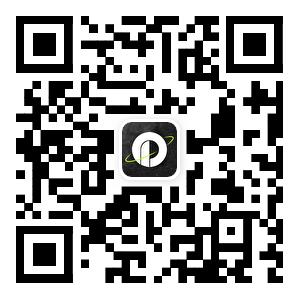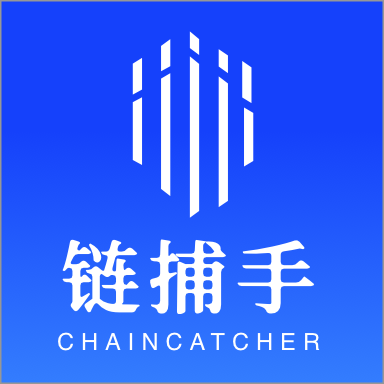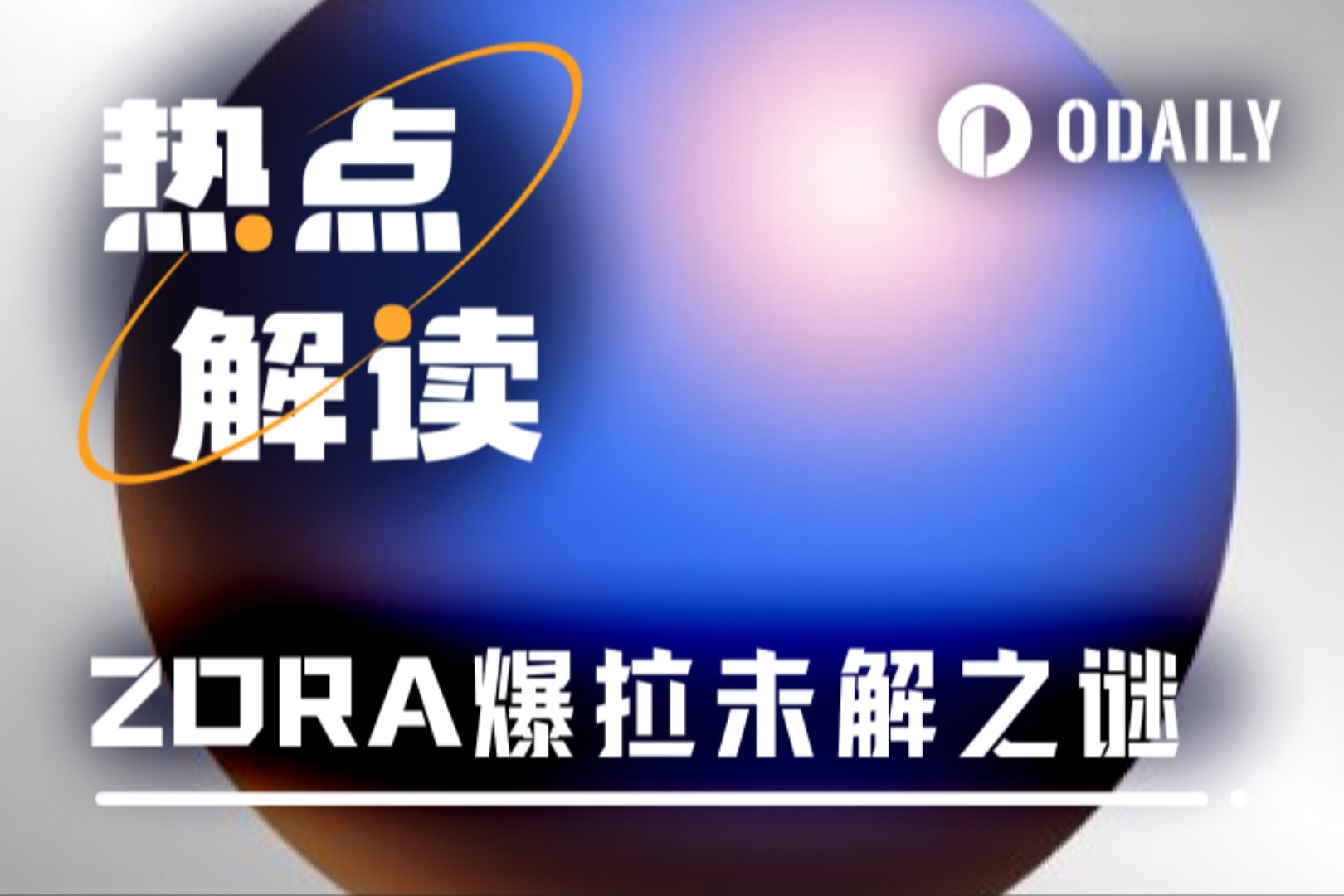Original author: Pomelo, ChainCatcher
Recently, the news of Lens Protocol's $15 million financing has once again made it a project of key attention in the crypto community. This round of financing was participated by many well-known figures in the crypto industry, including Uniswap CEO Hayden Adams, OpenSea co-founder Alex Atallah, former Coinbase CTO Balaji Srinivasan, Sandbox co-founder Sébastien Borget, and Polygon co-founder Sandeep Nailwal.
The large financing amount and the support from many top figures in the crypto industry should have helped Lens Protocol gain more recognition. However, things turned out differently. This project, which claims to be a leader in Web 3 social, has less than 3,000 daily active addresses (UAW).
According to DAppRadar data, Lens Protocol has an average of around 2.9K daily active users in the past 7 days. However, the current number of registered Profile NFTs on Lens Protocol is 118,000, and the number of participating wallet addresses has exceeded 100,000, accounting for less than 3% of the daily active addresses. This is far behind popular Web 2 social applications like Twitter and Weibo, which often have hundreds of millions of daily active users.
Some believe that Lens Protocol has achieved remarkable results as a decentralized protocol that has been launched for less than 1 year. Additionally, Profile NFTs are not yet fully open to users and the official registration has been temporarily suspended, which hinders new users from joining. When registration is reopened, it is highly likely that the number of daily active users will experience explosive growth. Currently, the focus should be on the actions and movements of the project team regarding their product.
Since the announcement in May 2022 that it will be launched on the Polygon mainnet, Lens Protocol has been in existence for over a year. What is the current operating status of Lens Protocol? What are the new developments of the product? How is the ecological development? Can the number of daily active addresses become an important criterion for measuring the quality of Web 3 social applications?
Latest developments of Lens: Launch of L3 scalability solution Momoka, rapid growth in ecological projects
In fact, Lens has been quite active since entering 2023. In addition to announcing a large amount of financing information this month, it has also launched new governance proposals LIP and developed standards for the integration or access to data of its ecology. In May, it announced the launch of the developer toolkit Lens SDK, allowing developers to embed social-related information into applications with just a few lines of code without blockchain knowledge; In April, it introduced the L3 scalability solution Momoka, which can process a large number of transactions off-chain on the Polygon network; In March, the price of its Profile NFT skyrocketed, and its floor price once exceeded 200 USDT; In February, the official Twitter also posted content implying an airdrop, which attracted attention despite being quickly deleted.
However, the most important development in product development in the first half of 2023 is the launch of the L3 scalability solution Momoka, which will provide a new narrative route for Lens Protocol and make it a true infrastructure for building Web 3 social applications.
As an open-source and composable decentralized social media infrastructure, Lens Protocol provides developers with modularized social scenarios, major processes, or functional components such as "Profile NFT, Follow NFT, Content NFT, Collect NFT," etc., providing a complete chain from creators to content to consumers. These elements are the foundation of social media platforms. Developers can freely use these basic components to build social products.
However, for social applications with high-frequency interaction needs, the efficiency and cost of each interaction become important criteria for evaluating the usability of a Web 3 social application. The current performance of blockchain networks, such as throughput and speed, is not suitable for deploying large-scale social DApps, which can easily lead to network congestion and increased gas fees.
Take Lens Protocol as an example. It is built on Polygon. Whenever there is a peak in user traffic, the Polygon chain becomes congested, and the gas fees paid by users for posting and liking will increase, greatly affecting the user experience.
Momoka is an extension solution based on Optimistic L3 launched to address this demand. It was officially released in April this year and has been tested by multiple Lens ecosystem applications. It is now available in the beta version and supports Lens developers' usage.
The so-called L3 is actually in relation to Polygon (L2). Momoka is used to scale up Polygon. Its principle is to move the processing and computation of transactions on the Polygon chain to the off-chain layer (Momoka) to achieve large-scale scalability and reduce transaction costs. However, Momoka does not adopt the L2 scaling solution of Ethereum to compress and store transactions on L1 (Polygon). Instead, transactions are sent to the Data Availability Layer (DA).
This is mainly because decentralized social networks only need to ensure that users can control their data content. Lens Protocol, for example, supports users to own and control their digital identity, social graph, and related social images, videos, texts, and other content. If all this data is stored on the mainnet, it would greatly waste the valuable space resources on the chain. Momoka entrusts this part of the data to third-party storage platforms such as Bundlr Network and Arweave to ensure that users can access and retrieve this data at any time, optimizing data storage costs and achieving higher scalability required by social media networks.
In the Momoka network, there are two main roles, including Submitters and Verifiers. The former is responsible for validating transaction data and constructing data to be submitted to Arweave, currently designated by Lens official whitelist addresses. The latter is responsible for monitoring the validity of the data submitted by Submitters and performing confirmation. Anyone can use Momoka Verifiers to prove and verify transactions.
Currently, Momoka supports transactions including publishing content, commenting, and mirroring. According to Momoka Explorer, as of June 27th, there have been 298,000 completed transactions on Momoka, with a total on-chain transaction cost of only $100.
Additionally, Momoka is designed as a node network and can serve as a general data expansion solution supporting use cases beyond social networks. This also opens up new opportunities for the development of Lens Protocol, such as becoming a dedicated on-chain data processing layer and building new social logic based on on-chain data.
Today, in addition to the product, the Lens Protocol ecosystem is also flourishing. According to the Lenverse page, there are currently hundreds of applications developed or integrated based on Lens, covering areas such as tools, DAOs, communities, images, games, music, videos, and more.
According to the Lens ecosystem project of the encrypted data platform Rootdata, outstanding applications currently include Lenster, a decentralized social media platform developed by Lens (similar to Twitter), the content-sharing platform Phaver that earns tokens, the LensFrens platform based on user Web3 footprints for recommendations, the decentralized YouTube video platform Lenstube, the task platform ORB, and the AI image generation tool LensAI.
User growth stagnates and daily activity decreases after pausing new Profile NFT minting
Despite Lens Protocol's continuous efforts in product development, the performance based on user activity-related data is not ideal. According to data from the Dune platform, there are currently around 2.9k daily active wallet addresses (UAW), with approximately 15,000 daily transactions, around 5,000 daily posts, 1,500 comments, and around 4,000 reposts.
This is in stark contrast to mainstream Web2 social applications that easily reach hundreds of millions of daily active users, and there is also a huge gap compared to CyberConnect in the same sector, which has approximately 50,000 daily active users during the same period.
The reason why the number of daily active users is being watched is because compared to the existing real user count, the percentage of active users for Lens Protocol is not high. Among them, Profile NFT, as the user identity representative of the Lens ecosystem, can record social data such as posts, comments, and Mirrors (reposts) generated based on their account. According to the official Lenscan browser, there have been approximately 118,000 Profile NFTs minted, and the number of participating wallet addresses is also close to 110,000. Based on this data, Lens Protocol has more than 100,000 users, but the current percentage of daily active addresses is less than 3%, and the frequency of social interactions by users is extremely low.
In terms of user activity trends, the number of active users for Lens Protocol is not always low. The platform was most active in February, March, and April of this year, with daily active users consistently hovering around 15,000 and daily posts reaching around 40,000. The highest daily transaction volume exceeded 400,000. Starting from April 27th, the number of daily active users sharply decreased to around 3,000. This is mainly because Lens Protocol has temporarily suspended the white-list minting application for Profile NFTs.
Currently, users can only acquire a Profile NFT by purchasing it on the secondary market, with the current floor price being $160 USDC.
Therefore, after Lens Protocol suspended the minting application for new Profile NFTs, it hindered new users from entering and the user growth has entered a stagnant state. This is also why some users are not concerned that Lens Protocol currently only has a few thousand daily active addresses.
However, many users have reported that using Lens Protocol-related products is not smooth. Every time they make a post, follow, like, or repost, they need to pay on-chain gas fees, which is unfriendly to social behaviors with high frequency demands and is detrimental to user experience. This is not only a problem that Lens Protocol is facing but also needs to be addressed by the entire Web 3 social applications.
About the current number of thousands of daily active users on Lens Protocol, encrypted user Lina said that actually, it is already a good performance for a Web 3 application to maintain thousands of daily active users for a long time. It is very common to have hundreds or thousands of daily active users in Web 3 applications, but it is extremely rare to maintain tens of thousands of daily active users. Decentraland, a metaverse project valued at tens of billions of dollars, has also been pointed out to have only 38 active users in 24 hours, with a current daily active user count of about 400. And Lens has only been launched for 1 year, there are many areas that can be improved and enhanced, and it is also not fully open to users. The current daily active user data should be its lowest point in the future. As for whether Lens Protocol can achieve the dream of becoming a Web 3 social kingdom, it still depends on the efforts and persistence of the official team, developers, community users, and others.



